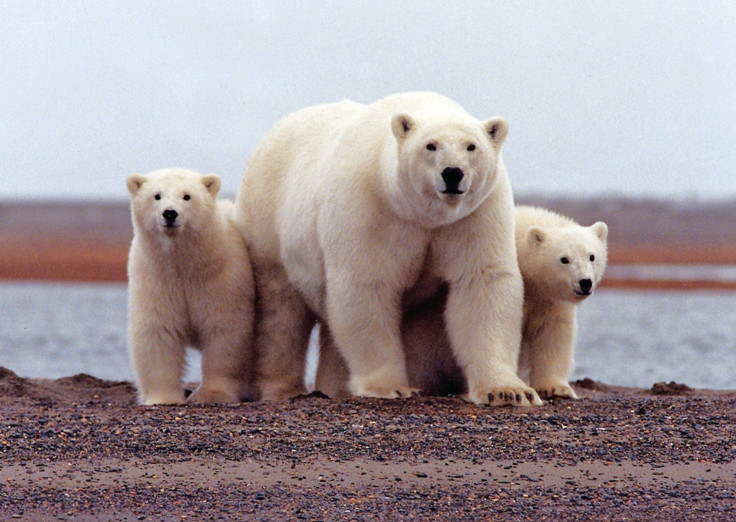Wildlife expert 'gobsmacked' after seeing close to 20 polar bears feasting on whale carcass
More than 200 bears were spotted on a Russian island in the Arctic.

A boat trip around the Wrangel Island nature reserve led to the capture of a very unique event wherein around two dozen polar bears were spotted feasting on the carcass of a bowhead whale. Tourists were sailing past the island in northeast Russia when they saw more than 200 of the animals roaming the hillside, with many making their way to the enormous treat floating in the water.
Alexander Gruzdev, director of the Wrangel Island nature reserve, explained that while the incident was special in its own way, it was also a cause for concern.
"Tourists were being taken on a trip around the reserve when the bears were spotted. I went onto an inflatable zodiac boat to get a closer look and take pictures and video," he recalled of the September trip. "The polar bears had gathered at the water's edge for skinning the carcass of a beached whale on the shore. The large group included many families, including two mothers, each followed by four cubs, a vision that is uncommon.
Gruzdev said that the spectators were stunned by the sheer number of bears visible. "It was a completely unique situation. We were all gobsmacked, to be honest," he added to Agence-France Presse (AFP).
For researchers, however, the occurrence has triggered concerns over the effects of climate change of the habits of these creatures. Typically, the bears come to the island to rest from August to November, when the sea ice melts. This is where they give birth to their cubs before waiting for the Arctic ice to set so that they can get back on the water.
"In recent years, the number of polar bears on the island annually has been stable at around 150-250. But this year is different. The number of bears seen in 2017 is 589. There were an estimated 230 bears at the site where the whale carcass was being eaten after it washed up," Gruzdev recalled of the adults and cubs.
"Why were there so many bears in one spot. Could it be to do with climate change? Bears have been known to go to the coast but we have never seen them in such quantities together before," he added.
The animals are spending approximately a month longer on the island since the "ice is melting earlier and the ice-free period is longer", Scientist Eric Regehr, from the University of Washington, said.
"They are resourceful and adaptable animals, and some bears will probably find something to eat, but the number of bears we currently have in the Arctic definitely cannot be sustained on land. There is evidence that it foreshadows the future: larger numbers spending more time on the island and ultimately less time on the sea ice with fewer prey, with a negative cascade of effects," he added.






















